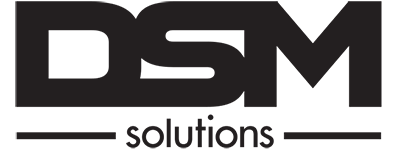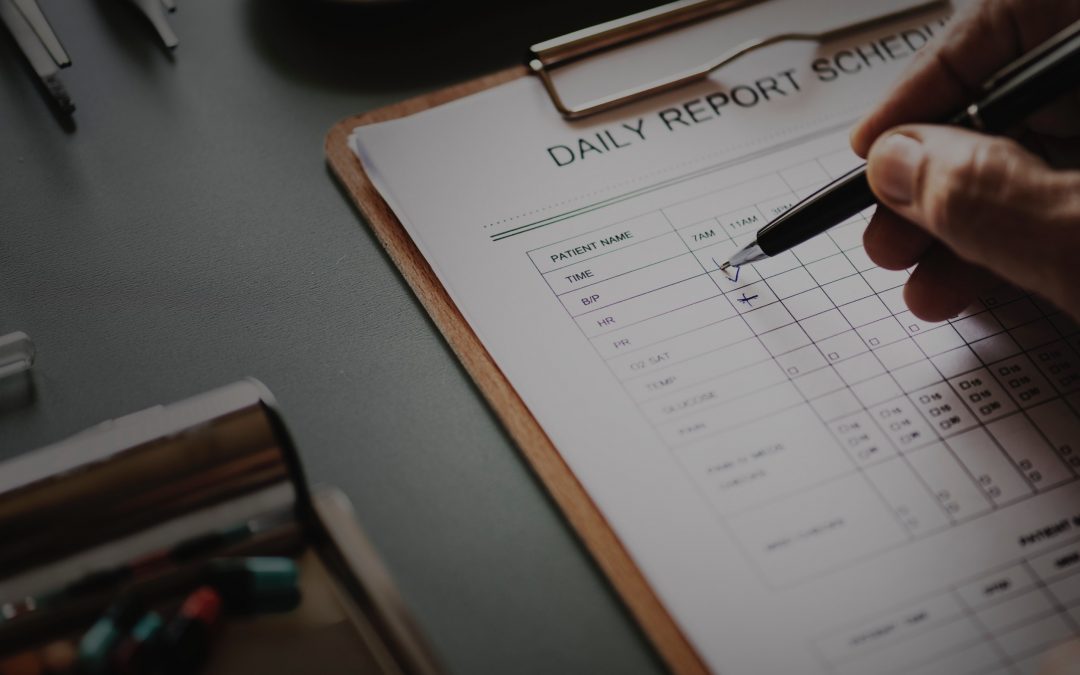Sleep is an integral part of everyone’s health, but many people experience difficulty falling asleep and staying asleep. Fortunately, Dr. Nicole Greenman and the DSM Solutions team can train you and your team on how to offer relief to your dental patients who are suffering from obstructive sleep apnea. You win a patient for life if you’re able to support their oral health and resolve their sleep problems to achieve better rest. One of the first steps you may be recommending to your patients to help diagnose and treat sleep apnea is participation in a sleep study.
Sleep Studies
Sleep studies are designed to gather as much information as possible about how a person sleeps. These tests usually take place in a sleep lab where your patient’s sleep patterns can be monitored using a wide variety of different tools. These tests are important to help uncover both common and uncommon sleep problems such as sleep apnea, narcolepsy, restless leg syndrome, and REM behavior disorder. The tests also make it possible for your team to come up with effective solutions.
Polysomnography
This is a sleep test that measures brain waves and physiological activity. This test comprises 27 electrodes that are attached to your patient’s body to measure:
- Breathing
- Heart rate
- Leg Movements
- Eye movements
- Blood oxygen levels
CPAP Titration
As we sleep, it’s important that our airwaves remain open and unobstructed. Sleep Apnea is a disorder where this process is frequently hindered. A CPAP Titration test can be run to measure continuous positive airway pressure. If the patient’s airwaves become obstructed during sleep, one possible solution is the use of a CPAP machine. This machine gently forces air through the patient’s airways to keep them clear and unobstructed and help them get a full night’s sleep.
Split-night sleep study
This study combines both polysomnography and CPAP Titration. The polysomnogram is usually the first test of the night, followed by the CPAP Titration.
Multiple Sleep Latency Test
This test is used to diagnose narcolepsy, and usually takes place after a polysomnogram has been performed. This requires a night and day evaluation in a sleep center lab. Breakfast and lunch are typically provided, and the patient will be asked to relax as they read or watch TV in between naps which occur two hours apart. Test results aren’t affected if they are unable to nap during the study.
Home sleep study kits
If you are trying to diagnose sleep apnea, you can also order a sleep study kit for the patient to use in the comfort of their own home. The kit can be picked up with instructions and used for 1-3 nights. The machine captures data that you can analyze to develop a diagnosis and treatment, although not all patients may be good candidates for home study.
Sleep problems can be trying, and leave us stressed and exhausted, but you can offer relief to your patients. Sleep tests help take the guesswork out of the problem and come up with effective, actionable solutions.

